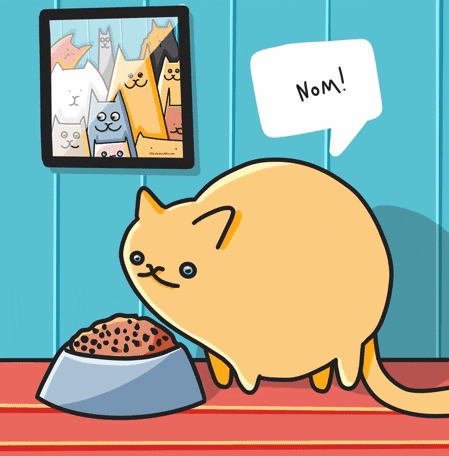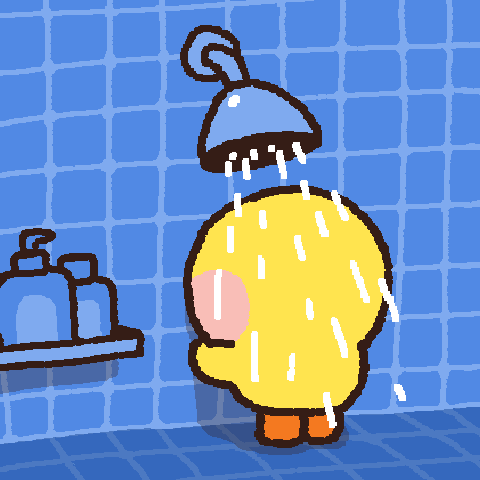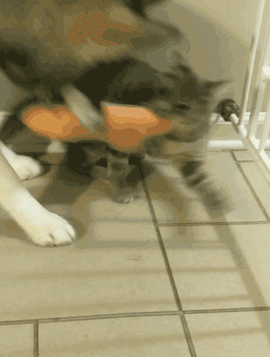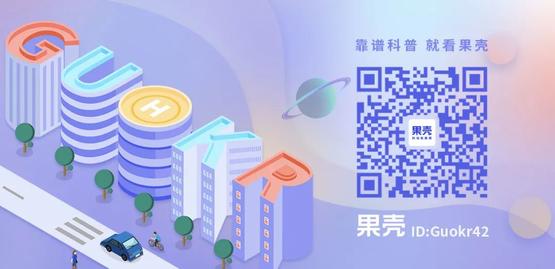After dinner, take a hot bath, you can safely get into the quilt with your mobile phone. However, many people say that you can’t take a shower right after eating. Is this true?
The answer is that there are a few categories of people who do need attention.
After meals, blood is needed for digestion and absorption
Immediately after we swallow the food, the digestive system begins to work, including pushing the food forward, secreting digestive juices, absorbing nutrients into the body, and so on. These activities are energy-intensive and require the body to distribute more blood to the digestive system to provide oxygen.
Before eating, the blood flow to the digestive system accounts for 25% to 30% of the body. 10 to 15 minutes after eating, blood flow to the digestive system begins to increase and lasts for 3 to 7 hours, ranging from 25% to 200%. The greater the amount and energy of this meal, the greater the increase in blood flow and the longer it takes.
The blood flow to the digestive system increases, and the blood supply to other parts will naturally decrease. At this time, the autonomic nervous system will adjust and constrict blood vessels in other places to maintain blood pressure stability.
In healthy people, this change in blood distribution is not easily noticeable.

Figure | giphy
Take a hot bath, the skin also needs blood to dissipate heat
When the weather is cold, many people adjust the temperature of their bath water to be a little higher than their body temperature. The hot water rushes on the skin, which is very relieved, but also makes the body worry about overheating, so it dilates the blood vessels of the skin, allowing more blood to flow through the skin to enhance heat dissipation.
The warmer the bath water, the more blood flow to the skin increases . Under high temperature conditions, skin blood flow can increase from 250 ml per minute to 6 to 8 liters, reaching 60% of systemic blood flow. Conversely, when you take a cold shower, the blood vessels in the skin constrict, reducing blood flow through the skin.
When blood flow to the skin changes, the body also increases or decreases blood flow to other parts of the body.

Figure | giphy
Take a hot bath after eating, the two fight for blood
Digestion and absorption after meals and taking a hot bath both require a lot of blood flow. If done at the same time, theoretically, it may cause the digestive system to not get enough blood, slowing down or interrupting the process of digestion and absorption. However, there are no studies to prove that adverse effects are widespread, and there is no data to prove that there are no effects.
From a practical point of view, for most young people who are in good physical condition, taking a bath after meals will not cause discomfort.
However, people with abnormal digestive system may experience indigestion, abdominal pain and heartburn. People with heart disease may experience chest pain at this time . The elderly and people with abnormal autonomic nervous system have insufficient ability to regulate blood pressure, and eating itself may cause a significant decrease in blood pressure (within 15 minutes or about 45 minutes after a meal), and insufficient blood supply to the brain may cause dizziness, confusion, or even fainting . Taking a hot bath at this time draws blood to the skin, making it more prone to discomfort.

Figure | giphy
Can you take a shower after a meal?
In conclusion, the effects of bathing after meals vary widely in different situations. Healthy young people don’t need to worry too much about the dangers of bathing after eating a small amount of food.
If you have the following conditions, you can wait for a while before taking a bath after a meal:
-
elderly
-
Have cardiovascular disease or are taking blood pressure medication
-
Stomach discomfort often
-
Severe dizziness when standing up after eating
-
Very concerned about the discomfort of taking a bath
As for the most suitable time to wait, it is related to physical condition, food and water temperature, etc. There is no research to draw a clear conclusion, and it is generally considered that it is relatively safe after 1 hour.
In addition to extending the interval between meals and baths, avoiding very hot bath water and avoiding overeating, especially carbohydrates, can also reduce the risk of discomfort from bathing after meals.
references
[1] Trahair LG, Horowitz M, Jones KL. Postprandial hypotension: a systematic review. J Am Med Dir Assoc. 2014;15(6):394-409.
[2] Kvietys PR. The Gastrointestinal Circulation. San Rafael (CA): Morgan & Claypool Life Sciences; 2010.
[3] D Harper, MBChB BMSc FRCA, B Chandler, MBChB FRCA FFICM, Splanchnic circulation, BJA Education, Volume 16, Issue 2, February 2016, Pages 66–71.
[4] Jones PK, Shaw BH, Raj SR. Orthostatic hypotension: managing a difficult problem. Expert Rev Cardiovasc Ther. 2015;13(11):1263-1276.
[5] Grobéty B, Grasser EK, Yepuri G, Dulloo AG, Montani JP. Postprandial hypotension in older adults: Can it be prevented by drinking water before the meal? Clin Nutr. 2015;34(5):885-891.
[6] https://ift.tt/Hk0tuXU
[7] https://ift.tt/KJIROND
[8] https://ift.tt/gcCIqTp
Author: Dai Tianyi
Edit: odette

This article is from Nutshell and may not be reproduced without authorization.
If necessary, please contact [email protected]

This article is reproduced from: http://www.guokr.com/article/462831/
This site is for inclusion only, and the copyright belongs to the original author.